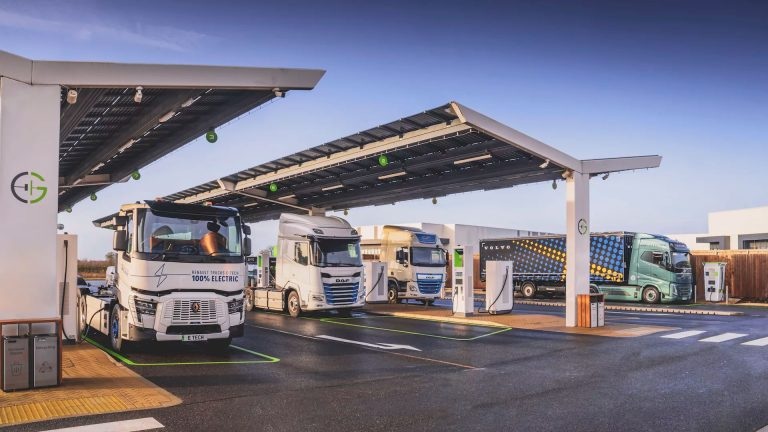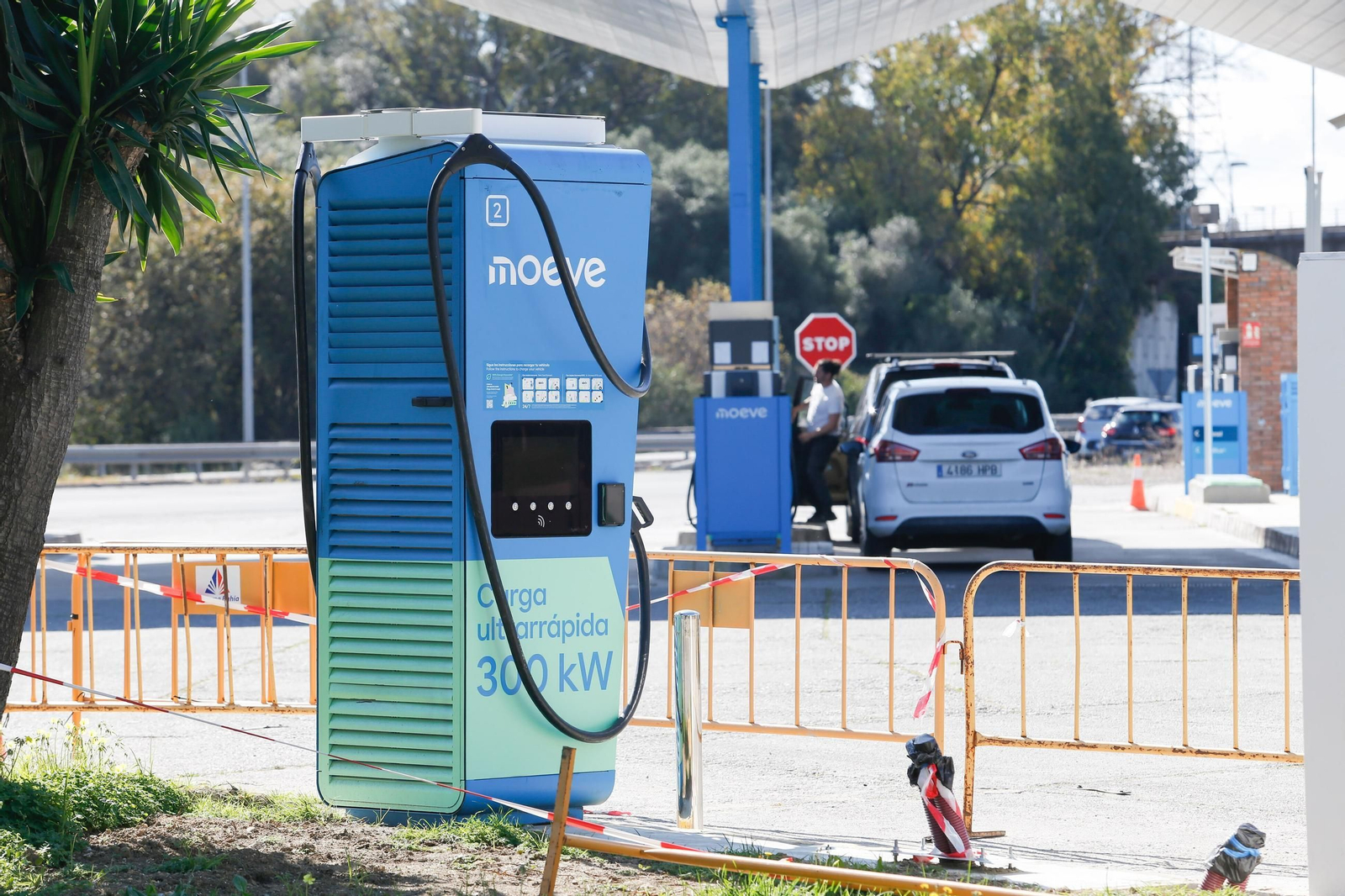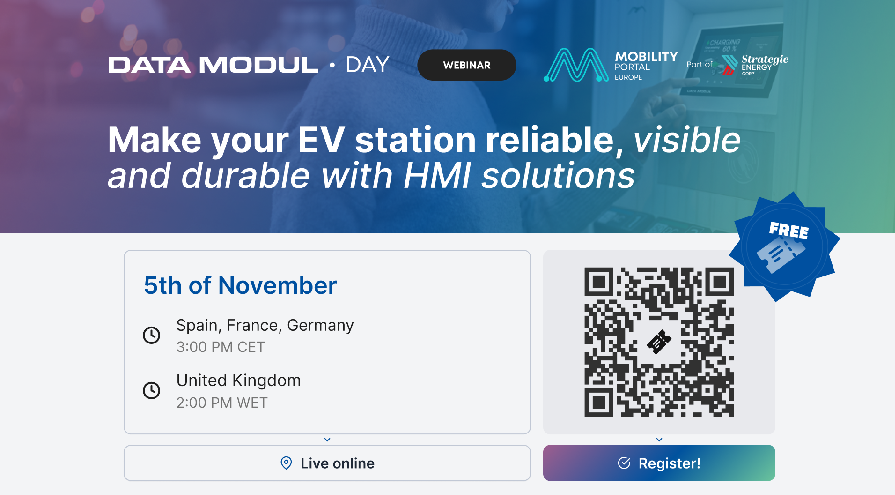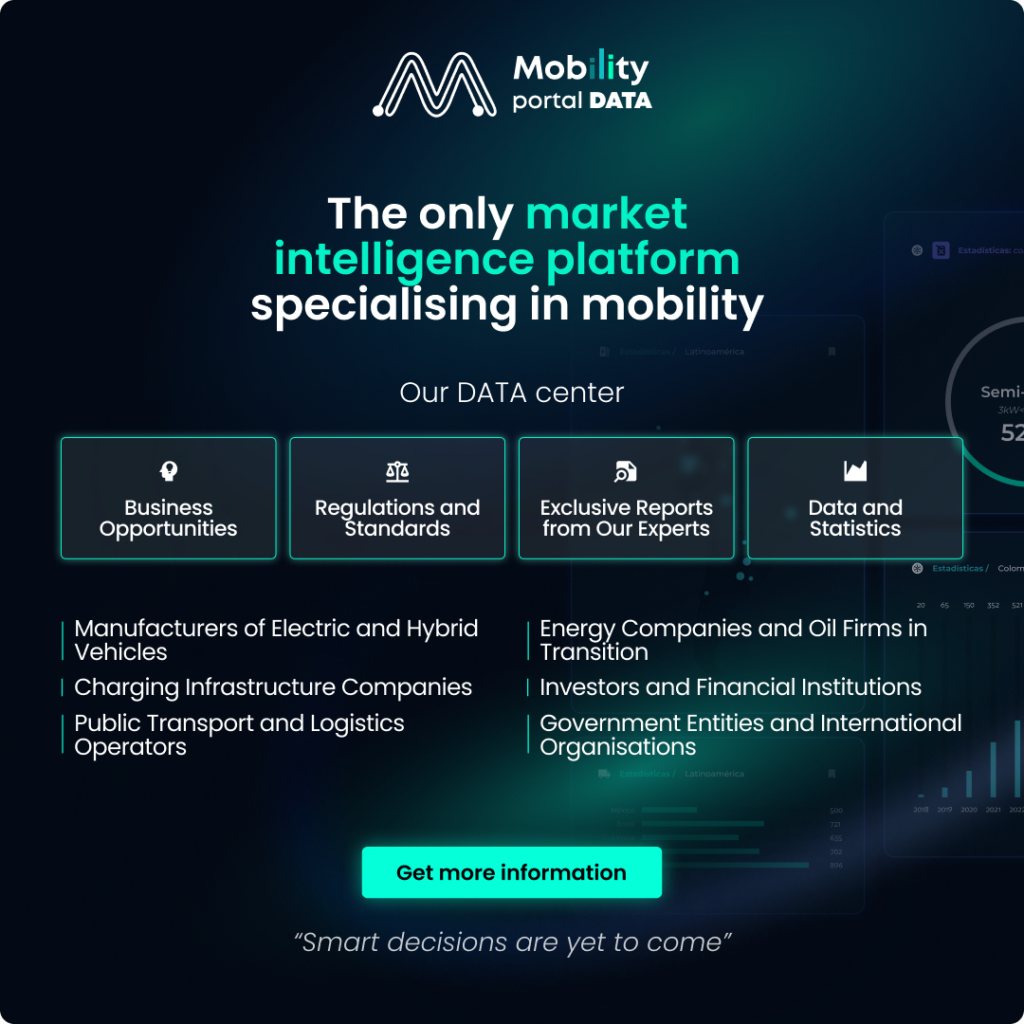There is no doubt that the United Kingdom (UK) is driving the development of electromobility by addressing the various challenges the sector faces.
In the early stages, the issue of “range anxiety” was tackled, thanks to the availability of electric vehicles (EVs) capable of travelling long distances without needing to recharge.
The country then moved on to address “charging anxiety”. Currently, a new point is activated every 30 minutes.
But now, a new concern is emerging: “payment anxiety”. This arises when EV users arrive at a station and don’t know what to expect.
“That moment when you’re standing in front of the charger, staring at your phone with a confused look, and you spot someone else in the same situation… That silent understanding that you’re both struggling to pay for the charge,” commented an EV driver.
While some stations allow contactless payment, others don’t support it. Certain devices have time restrictions, while others operate freely.
In some cases, parking fees are added on top of charging costs, though some locations offer free parking during charging.
Meanwhile, pricing is clearly displayed at certain stations, but in others, it must be searched for within the app.
This obstacle was addressed during the webinar “How Can EV Charging Payments Work Better for Drivers?”, organised by Paythru, a UK-based company specialising in payment solutions.
What are the 5 key aspects of charging that need to be addressed?
As EV charging has become more widespread, it has become increasingly clear that current payment solutions are contributing to a poor user experience.
A survey conducted by Paythru revealed that all EV drivers have encountered payment issues while charging — from being forced to download unwanted apps, to card rejections and delays of several days in the reversal of pre-authorisation fees.
Some of these problems stem from a lack of common standards and interoperability, but many are due to inconsistencies across public points.
The industry must address these challenges collectively in order to deliver a robust and universal charging experience — one in which drivers can trust they’ll be able to reach any location and pay in the way that suits them.
In this context, the “Payment Charter” — developed from Paythru’s research and backed by the Association for Renewable Energy and Clean Technology (REA) — sets out a series of guiding principles to ensure a smooth and consistent charging experience.
1. No more confusion over charging costs

UK regulations require transparency: all stations must display the price in pence per kWh.
Moreover, this price cannot change once the charging session has started.
Sara Sloman, Chief Strategy Officer at Paythru, explains that while regulations help, they are not sufficient.
“For example, roaming providers are not subject to the same strict rules as direct operators. While the price must be available, it doesn’t necessarily have to be visible at the time,” says Sloman.
She continues: “Sometimes, the consumer ends up paying more per kilowatt-hour for using a frictionless feature. I don’t think it’s fair that people sign up to a service that appears to offer access to chargers across Europe, and then, when the bill arrives, realise they’ve paid more.”
The so-called “bill shock” refers to the confusion experienced by users when they see the final price at the end of a charging session.
“This needs to be avoided, as we’re still in an early adoption phase and it could slow down the growth of electromobility,” Sloman warns.

In relation to this issue, a survey conducted by EVA England revealed that 75% of respondents believe the cost of public charging is a major barrier, partly due to the high prices of rapid devices.
“People can’t mentally calculate how much they’ll spend by plugging in their car for a certain amount of time. The pricing information may be available, but it doesn’t easily translate into an estimated final amount,” says Victoria Edmonds, Chief Executive Officer at EVA England.
So, how can the confusion around charging costs be eliminated?
- Live pricing — including dynamic rates — should be clearly displayed on the station and/or on nearby signage or payment terminals, as well as within any associated app (where possible).
- Tariffs should be presented in pence per kWh, alongside any applicable fees such as parking or overstay charges, including clear upper price limits.
- All associated costs should be integrated into a single transaction to avoid unexpected charges at the end of the session.
- If advance booking is offered, the rate displayed at the time of booking should be fixed.
2. Standardised and reliable payment methods
A recent study by Transport & Environment gathered 250,000 user comments. Most highlighted the unreliability of the system and the anxiety caused by the dreaded “spinning wheel” on the payment terminal.
How can user confidence be built?
- Standardising payment methods to accept major credit/debit cards, mobile payments, and app-based solutions.
- Designing backend payment processing software capable of easily integrating new options, such as smart parking terminals or POS devices in kiosks or shops.
- Improving terminal resilience, for example, by ensuring screen durability.
- Ensuring clear and consistent labelling, such as distinguishing between RFID and contactless technologies.
3. Minimise payment failures
In a context where a new station goes live every 30 minutes, user loyalty is no longer guaranteed. If something doesn’t work, drivers are quick to switch to another operator (CPO).
This dynamic can directly impact the profit margins of companies that fail to resolve payment issues efficiently.
For this reason, the Payment Charter recommends improving the integration between hardware and software to securely handle offline transactions, minimise app updates, and ensure devices can manage PIN-related challenges.
It also suggests offering alternative payment options, such as SMS payments, QR codes, and staffed helplines.
4. Clarity and transparency in pre- authorisation
Pre-authorisation is not a charge, but a temporary hold on funds.
“Many users don’t understand what it is or why 45 pounds is being held. There’s a clear issue around information and education in this regard,” acknowledges Edmonds.
“It’s essential they understand it, to avoid price shock and ensure drivers know how much their charging session will actually cost,” she adds.
To address this, it is recommended to display the pre-authorisation amount before initiating the payment, and to implement incremental authorisation and immediate release of funds to prevent high charges or prolonged holds.
In the longer term, it is also suggested to work with government agencies to classify EV charging as critical infrastructure.
This would help eliminate the need for large pre-authorisations and PIN entry — mirroring the simplified payment processes already used in suburban public transport systems.
5. Simplified transaction and notification processes
There should be an option to receive digital receipts for completed charging sessions.
Additionally, users should be able to clearly identify the CPO used from the description on their bank statement.
READ MORE
-
GRIDSERVE begins building its first public electric HGV charging hubs
These new locations form the foundation of the Electric Freightway – a nationwide programme designed to give fleet operators access to high-power public charging designed specifically for electric HGVs.
-
Sector eMobility ya destina 1.290 millones de euros a puntos de recarga en España y va por más
AEDIVE (Asociación Empresarial para el Desarrollo e Impulso de la Movilidad Eléctrica) ha elaborado un informe sobre la inversión en infraestructuras de recarga de acceso público en España que estima el total de la inversión acumulada en 1.290 millones de euros (hasta octubre de 2025). La Asociación ha elaborado este informe para arrojar luz sobre el esfuerzo…
-
6 days left: How to make EV charging stations reliable, visible and durable?
On 5 November, Data Modul will host a web seminar on HMI solutions for EV charging stations — a must-attend event for manufacturers seeking to innovate and optimise their products.











